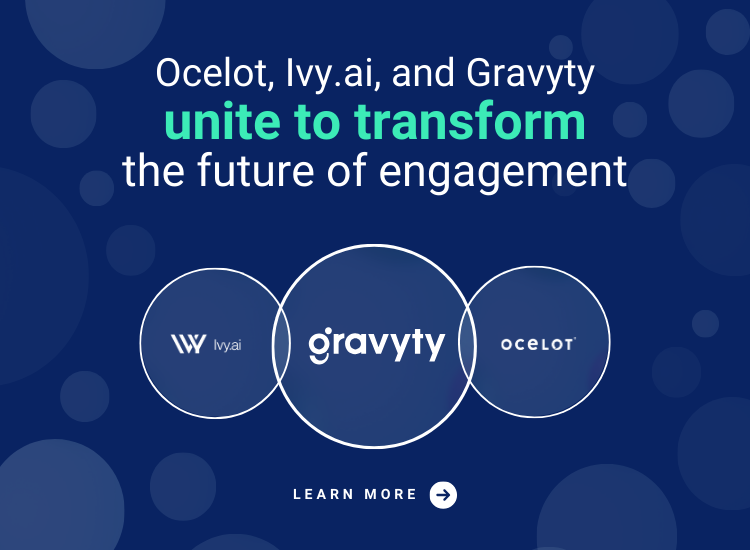In the fast-paced world of higher education, college and university staff in various departments, such as IT, admissions, enrollment, financial aid, and student services, often find themselves overwhelmed with student inquiries and requests. However, with advancements in technology, student-preferred communication channels such as AI chatbots, two-way text messaging, and live chat have emerged as powerful tools to unburden university staff and streamline communication with students.
In this blog post, we will explore how these innovative solutions can revolutionize student support and enhance efficiency across different university departments.
Utilizing 3 Student-Preferred Communication Channels to Decrease Higher Ed Staff Work Load
Channel 1: AI Chatbot to Revolutionizing Student Support
AI chatbots have become a game-changer in the realm of student support. They are designed to understand and respond to student queries in a conversational manner, providing accurate and consistent answers in a format that is familiar and convenient for students.
The testimonials of university staff members from Bakersfield College, Minnesota State University, and County College of Morris list the immense benefits of AI chatbots, such as reduced stress for students and focused staff members. By answering repetitive and frequently asked questions, AI chatbots not only save time but also improve student experiences by providing instant, round-the-clock support.
To top it all off, because employees are spending less time on simple FAQs, they can instead invest their time into more complex student questions that require a more human touch.
How Higher Education Professionals Save Time With AI Chatbot
At Bakersfield College, their AI chatbot named “Renegade” has become a reliable source of information for students. With a knowledge base of over 1,000 frequently asked questions, Renegade has been able to reduce the number of emails and phone calls coming to staff members, allowing them to focus on more complex inquiries.
Similarly, Minnesota State University implemented an AI chatbot named “Dragon” to provide students with a quick and reliable way to access information about the university. By answering over 84% of student inquiries accurately, Dragon has unburdened staff members and improved student satisfaction.
Channel 2: Two-Way Text Messaging to Enhance Engagement and Efficiency
In addition to AI chatbots, two-way text messaging offers a direct and efficient means of communication between university staff and students. These platforms allow staff members to send personalized messages, reminders, and notifications to students, while also providing students with the ability to ask questions and seek clarification.
Two-way text messaging helps remove barriers and meet students’ needs effectively. The availability of two-way communication ensures that university staff can address student concerns promptly and via the channels students prefer (for example, two thirds of Gen Zers prefer text messaging to emails), resulting in improved student satisfaction and engagement.
How Two-Way Texting Makes a Difference Higher Education Professionals
The College of the Desert has implemented a two-way text messaging system that allows financial aid staff members to communicate directly with students. This platform has helped the college to reduce the financial aid application processing time by up to four weeks and increase the response rate of verification requests.
Another example is community college in Arizona, which uses a two-way text messaging system to improve student engagement and success rates. Through personalized messages, staff members provide students with reminders, encouragement, and resources, resulting in a higher retention rate and increased success rates.
Another example of proactive outreach success comes from Long Beach City College, who identified six thousand students who were unable to re-enroll for classes due to an unpaid tuition hold on their account.
The school realized that these students were likely unaware of a fund available to help students pay off their tuition. They decided to use Ocelot’s Two-Way Texting solution to inform that segment of students about their options, and the result was incredible:
- 50% of those students re-enrolled that semester
- The school recovered millions in unpaid tuition and possible student churn
Channel 3: Live Chat to Provide Real-Time Assistance for Quick Problem Resolution
Live chat capabilities empower university staff to provide real-time assistance to students, enabling them to address complex queries or problems efficiently.
Through live chat, staff members can engage in personalized conversations, guiding students through the admissions process, assisting with IT issues, or providing financial aid information. The ability to troubleshoot and resolve problems in real-time fosters a sense of responsiveness and professionalism, enhancing the overall student experience.
Examples of How Higher Education Institutions Leverage Live Chat
At the University of North Carolina at Chapel Hill, the IT help desk has implemented a live chat system that provides students with real-time support for technical issues. Staff members can remotely access students’ devices to troubleshoot problems, reducing the need for in-person appointments and unburdening staff members.
At a Nebraska liberal arts school, the admissions team has implemented a live chat system to provide students with personalized guidance and support throughout the application process. Through this platform, staff members can schedule virtual appointments, answer inquiries, and provide assistance in real-time.
Dedicating Time to the Most Impactful Student Interactions
The integration of student communication platforms that provide AI chatbots, two-way text messaging, and live chat into university departments can significantly alleviate the burden on university staff members across departments.
By leveraging AI-powered chatbots, staff members can drastically reduce repetitive tasks, allowing them to focus on the student interactions that require more attention—and a more human touch. Furthermore, two-way text messaging and live chat provide direct and immediate communication channels, enhancing student engagement and satisfaction.
As universities strive to enhance support systems and improve efficiency, these innovative solutions offer an efficient and scalable way to unburden university staff and enhance the overall student experience.
At Ocelot, we help over 500 colleges and universities to leverage human-centered AI to improve student communications and experiences—and help higher education employees save time and fulfill their purpose.
In the last 12 months alone, we’ve answered more than 15.6 million questions and saved staff 864.5k+ hours. Want to learn how to help your employees get the most out of their time? Talk to our team today!








